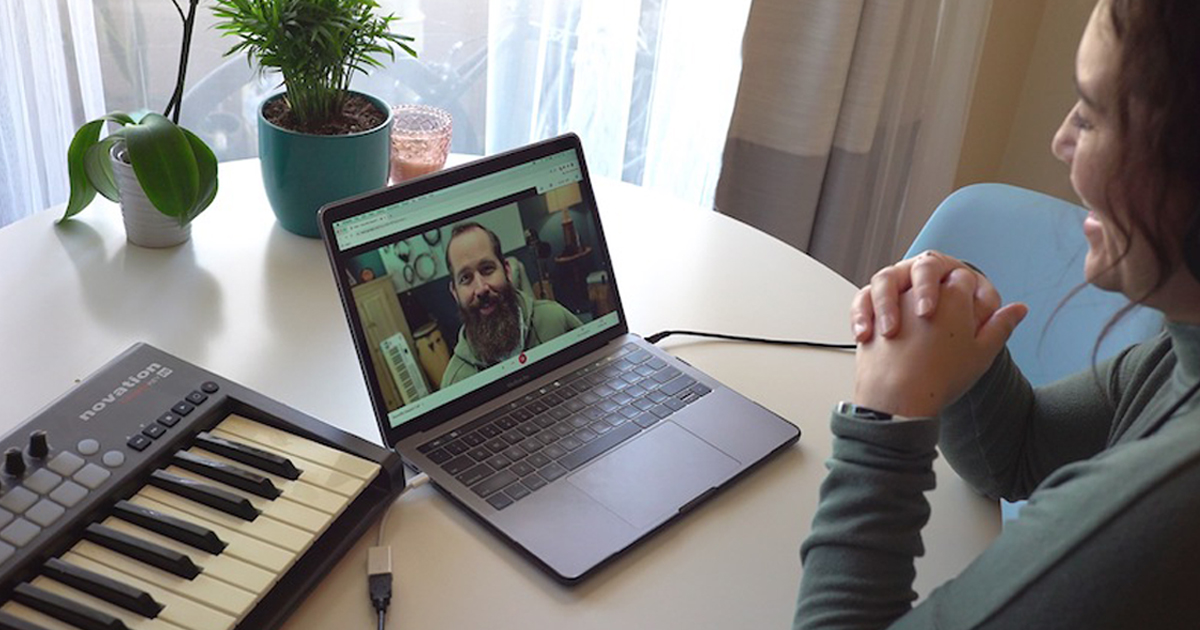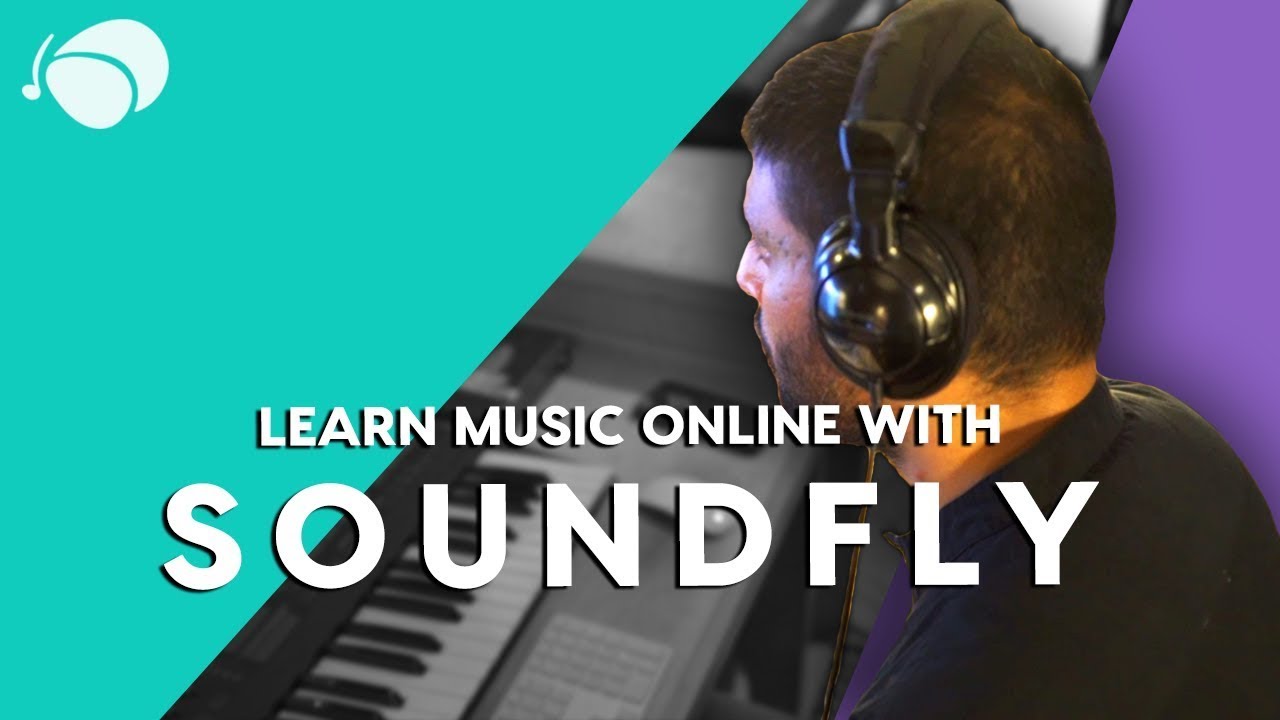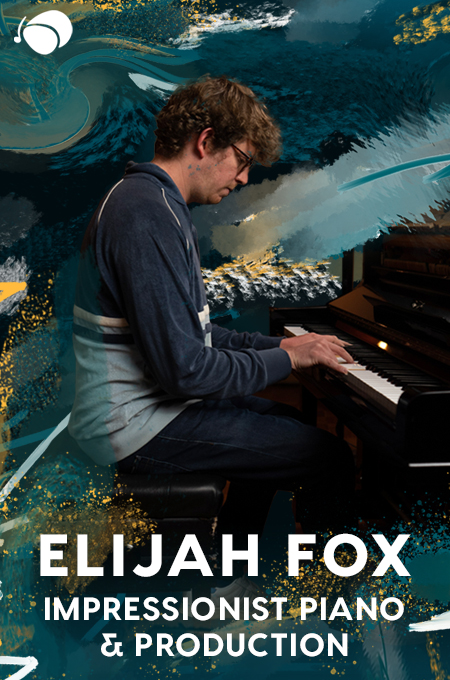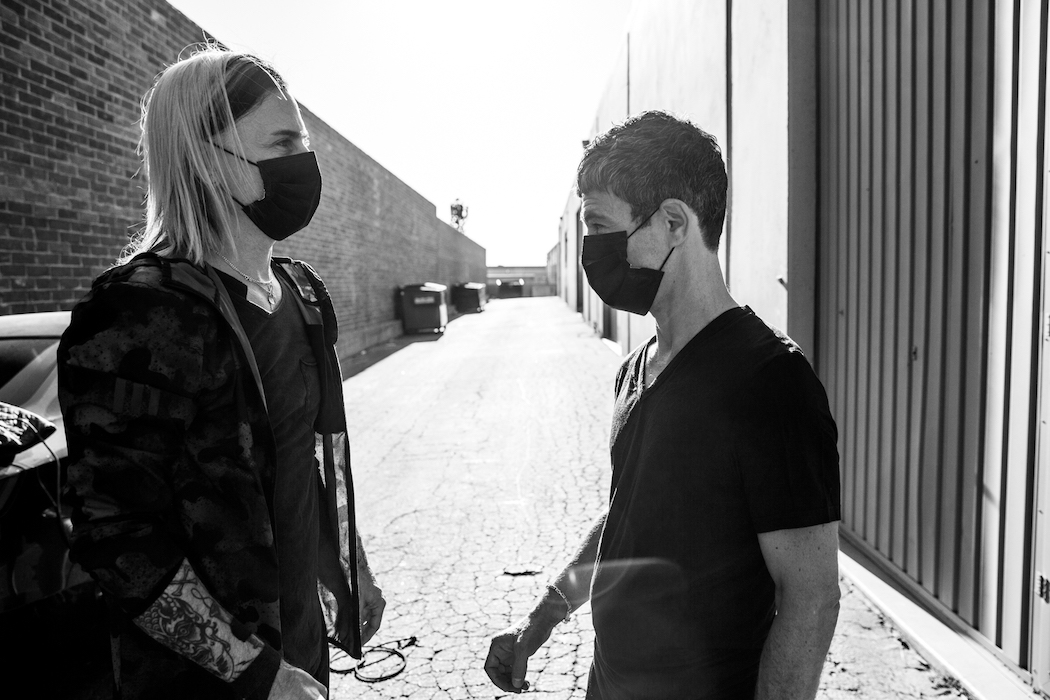
+ Recording and mixing your songs at home? Preview Soundfly’s suite of music production courses for free, and subscribe here to get unlimited access.
By Grant Conway
Last year, my bandmate Nik Frost and I both had a big year planned.
Then, just as the Great Toilet Paper Shortage of 2020 kicked off, we got a call from our management saying that the agency had fired almost everyone and that those who remained were going remote. The “big deal” we’d been working on for the previous year was off and all live events were cancelled through summer 2021.
Stop if this sounds familiar.
For the first couple of months, I didn’t feel like making music, let alone promoting anything. We all felt pretty devastated over the situation. But as time went on, we started climbing out of our shells and moving past “are you okay?” to “is there anything you’re working on?”
Nik and I have been musical compadres for years. I’ve mixed his records. We’ve written songs together, including tracks he worked on when he had the chance to write with the Stone Temple Pilots. We’ve always just “gotten each other” musically and our taste is very much in sync.
So when I suggested that we work together on some “vocal heavy, beat driven music,” he was into it. And our new project, Dark Side of Light was born.
Developing a Remote Songwriting Process
Jumping into a new project when we were apart for so much more of the songwriting and recording process than normal meant that we had to develop a unique creative workflow and divide up responsibilities in new ways.
I started out getting together with another drummer and jamming, recording the session with a couple of mics — nothing fancy, I think a pair of Shure SM57s — placed in stereo formation. Two drummers jamming creates a beautiful cacophony, it can sound pretty crazy, but you can land on some really solid grooves.
From there, I grabbed the parts that I found interesting and timed them to a degree, finding the tempo and lining them up on a ProTools session grid. Then, I sent it along to Nik, who chopped up the beats and started adding keyboards, samples, and some vocal ideas, and what we came up with from this initial exchange became our blueprint for the song moving forward.
In an effort to make our production seamless, we set up identical remote systems — the same computer, the same plug-ins, etc.
From there, we started bringing in friends who we thought would be a good musical fit via FaceTime and Zoom sessions, most notably Joe Perez (guitars), Ronnie Elvis James (bass), and occasionally our labelmate, world class musician, Kelly Hägerman. We make it a point to keep these conversations as fun and lightweight as possible. We started this project hoping to lift ourselves out of the psychic turmoil of the pandemic and we want to make sure we do the same for our collaborators and, ultimately, for the listener.
+ Get 1:1 coaching on your songwriting, mixing, composing, or producing from a seasoned pro. Learn about Soundfly’s custom mentorship program here.
Recording at Home and in the Studio
By this point in the process, Nik usually has a general lyrical idea and vocal parts worked out, and he cuts them from home using his Octavia mic and a simple Focusrite Scarlett (which sounds great and is a perfect at-home preamp) — I use a first generation Apogee Duet for my interface. I like how simple it is to use and I don’t usually record more than two tracks at a time in my home studio.
After that, we go back-and-forth on arrangement ideas, adding keyboard parts, percussion, etc. Once we’re feeling locked-in on the parts and most of the tracking, we head into the studio.
Lately, we’ve been going to Erik Eldenius’s place, drummer for Billy Idol and super chill dude, up on Pine Mountain, Twin Pines Recording. He’s pretty secluded up there and everyone gets tested in advance, so we’re able to be quite safe. We spend a few days tracking drums, eating well, laughing, making music, and having a generally wonderful time without the pressure and noise of the city.
We had a rough go of it the first time, as he had just dialed the drum room in. Getting the right kick sound was especially challenging. I normally use two mics, one inside the drum at the beater head and one outside the kick. The problem with an outside kick mic, though, is that it picks up all of the other drums being recorded.
To get around it, I ended up making a special mic from an 8” speaker that was mounted on a PVC frame. It worked perfectly to record the kick’s sub frequencies, while isolating the sound of the rest of the kit. You can buy similar set ups, but frankly I couldn’t afford the $200 price tag. The one I built cost about $35 and is now something I can use to dial in our drum sound anytime we’re recording up there.
+ Read more on Flypaper: “How to Network in Today’s (Online) Music Industry.”
Digging Into the Mix
I’m a mixing engineer by trade, so this part of the process I’ve got pretty dialed in. Given we haven’t been able to go to any of the big rooms during the pandemic, everything is in the box.
Both Nik and I use ProTools 10 for making music — it allows us to have the same collaborative set up, same version, plug-ins, etc. And I have a separate ProTools rig for music editing work that’s a more up-to-date version.
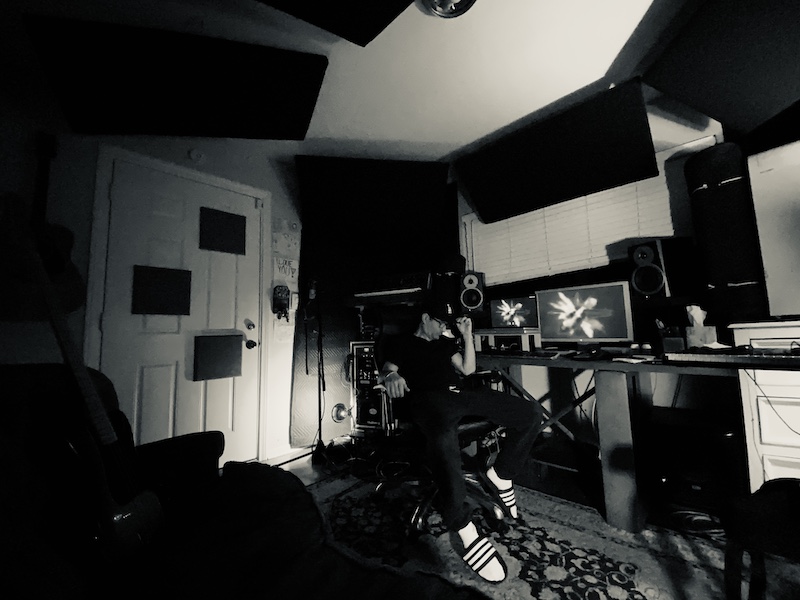
My favorite mixing tools include:
- FabFilter plug-ins: Their EQs and reverbs are top-notch, especially the Pro-Q 2.
- Waves API EQ plug-ins: The API 560 is so simple and sounds great if you need a little sizzle on the top. Waves Audio generally offers a huge selection of different stuff, including the artist series, which is really cool when you want to go to something really fast.
- Waves eMo F2: For filtering I like the eMo plug-ins. I use filters in a lot of my mixes. I’m mostly taking unwanted frequencies out, rather than adding most of the time.
- Waves Audio Track: Nik loves the sound of his vocals with Audio Track and it’s super easy to use.
- Avid Space and Audio Ease Altiverb: These are my go-tos for reverb and delay (unless I want something more specific like a tape echo or a slap delay).
- Antares Auto-Tune: This is the old faithful for tuning. I use it in live mode, finding the best settings for the song, and bypass automating in and out of it as I see fit.
- Avid’s Bomb Factory: A bundle of cool tools. Sansamp is a staple on bass for me and always dirties up the sound in a good way.
- Universal Audio 1176 Compressor: It’s super fast and sounds great.
- Waves L1 Ultramaximizer: I use L1 limiting on a lot of tracks that get a little hot to make sure I don’t hit any peaks. Digital peaks don’t sound good at all. I put it at the end of the chain, after my stereo bus EQ.
With music creation, anything that bogs me down isn’t worth the trouble so I just go to the things I know out of habit. On my stereo bus, I’ll use a couple of compressors hitting them with very fast attack and slow release doing very little, usually about 1db each.
I’d rather use a few plug-ins lightly than one heavily. (Mastering with Steve Marcussen taught me that!)
I have some mic-pres that I like that are basically API modules pulled from vintage consoles and made to fit into a powered lunch box. I have some other outboard equipment, like analogue tape echos and a high-end DBX 160SL and some Focusrite mic-pres, but I generally lean towards the use of software plug-ins just because of their ease.
My Workstation and Gear Set-Up

I think most people should spend the money and effort on making their work-space sound right. I use padding on the walls and Rockwool panels above my head (good for low frequency sound absorption), that I made myself, and work in a really small room. I have a couch and thick moving blankets on the walls. It doesn’t look particularly nice, but it does wonders for sound absorption. It doesn’t matter how much you spend on monitors if your room sounds bad.
I monitor through Dynaudio BM5s, which I think sound pretty nice as near-field monitors. Originally, I auditioned them against a lot of higher-end monitors and they held up nicely, and only run about $900 for the pair. I have them set up less than 3 feet from my ears. There’s a very small sweet spot for listening.
My music creation rig is a MacBook Pro from 2011! It has all the ports I need and still works great. The newer models don’t have nearly as many port options. I also have a 23” Cinema Display, which I love.
Generally, I don’t consider myself a gearhead as much as a gear snob. I want to spend my time with musical inspiration and creation instead of laboring over technical exploration. I think passion, emotion and spontaneity beats methodical planning and beating a dead horse so to speak. It’s always about the vibe.
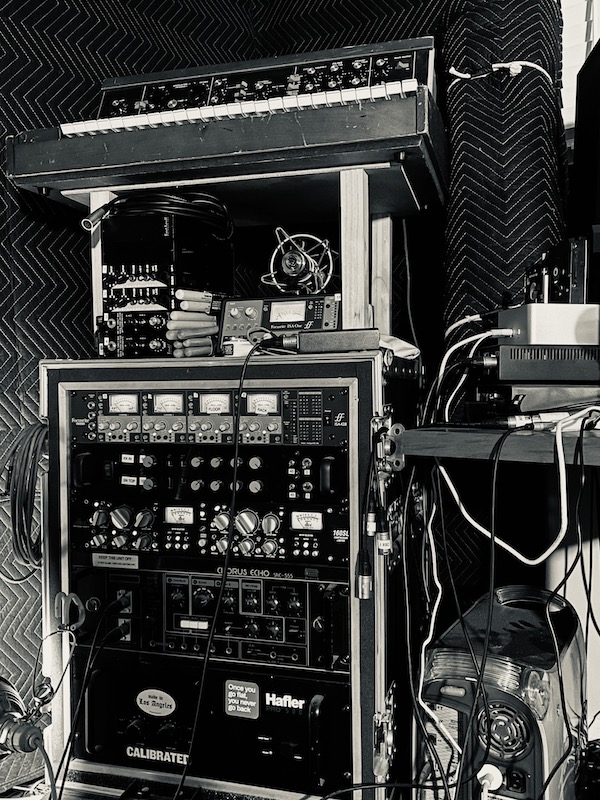
Spending the time getting my space, gear, and creative workflow set up has been essential to making music and being able to collaborate in a new music-making landscape. There are so many new, unique challenges to having to be more self-reliant as an artist — working from home without the aid of collaborators and all the gear we’d normally have access to.
But learning to work without all that has helped us launch a new creative project that’s broken both Nik and I out of our pandemic rut, and we hope will do the same for our listeners. Here’s the official music video for our latest single, “Moist.”
Continue learning with hundreds of lessons on mixing, songwriting, DIY home recording, electronic music production, beat making, and much more, with Soundfly’s in-depth courses, like Modern Pop Vocal Production, Music Production in Ableton Live, and Modern Mix Techniques.
Subscribe for access here.
—
Grant Conway is one half of the LA-based band Dark Side of Light, alongside Nik Frost.

